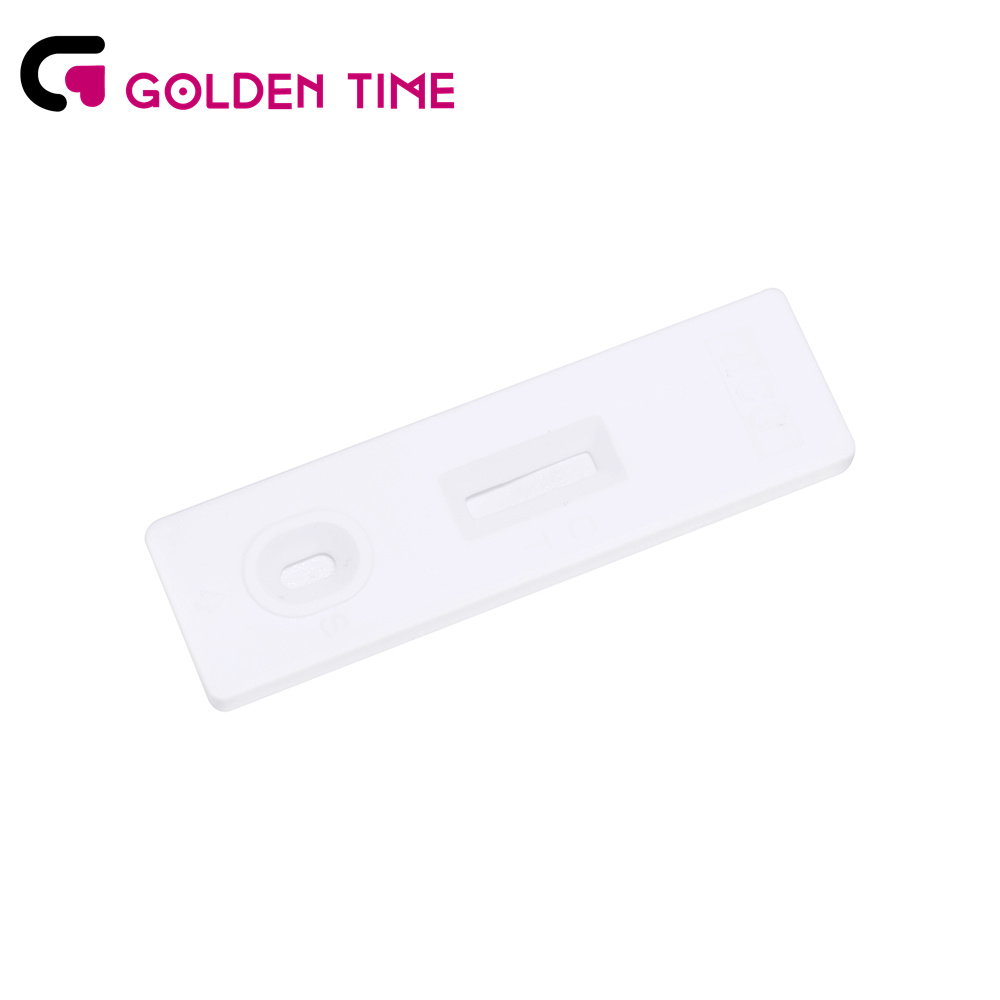Aug . 17, 2024 05:01 Back to list
Test Kit for Pregnancy Screening and Detection Options
Understanding Pregnancy Screening Test Kits A Comprehensive Guide
Pregnancy screening test kits have revolutionized the way individuals confirm pregnancies. These kits, known for their convenience and accessibility, provide fast results that offer valuable peace of mind. This article will explore how these test kits work, their accuracy, and tips for effective usage.
How Pregnancy Test Kits Work
Pregnancy test kits function based on the detection of human chorionic gonadotropin (hCG), a hormone produced by the placenta shortly after a fertilized egg implants in the uterus. hCG levels rise dramatically in early pregnancy, making it a reliable marker for confirming pregnancy.
Most pregnancy tests are designed for home use and can produce results within minutes. They usually come in two main formats urine tests and digital tests. Urine tests involve placing the test stick in the urine stream or dipping it into a collected urine sample. Digital tests, on the other hand, provide a clear 'pregnant' or 'not pregnant' message, eliminating confusion over reading lines that indicate results.
Types of Pregnancy Test Kits
1. Standard Urine Tests The most common type, these tests require a small amount of urine and usually employ color-changing indicators to show results.
2. Digital Tests These higher-end options offer a straightforward readout, making them easier to interpret. Many digital tests can also provide an estimated week of pregnancy.
3. Early Detection Tests Designed to detect lower levels of hCG, these tests can be taken before a missed period. However, they come with a risk of false negatives as they may not detect hCG until a few days after fertilization.
4. Blood Tests While not a part of at-home kits, blood tests conducted at a healthcare facility can provide more accurate results, detecting pregnancy as early as six to eight days after ovulation.
Accuracy of Pregnancy Kits
pregnancy screening test kit

Most pregnancy tests boast an accuracy rate of over 99% when used correctly and at the right time. However, several factors can influence their reliability
- Timing Testing too early, such as before the expected period, can yield false negatives due to insufficient hCG levels. For optimal results, it’s advised to wait at least a week after a missed period. - User Errors Failing to follow instructions can lead to inaccurate results. Common mistakes include not using enough urine, not timing the test correctly, or misinterpreting the results.
- Outdated Tests Always check the expiration date, as using expired tests can lead to unreliable results.
Tips for Using Pregnancy Test Kits Effectively
1. Read Instructions Carefully Each brand may have different directions, so taking the time to read the instructions can save you from common pitfalls.
2. Test at the Right Time For the best accuracy, use the first morning urine, as it typically contains the highest concentration of hCG.
3. Confirm with a Healthcare Professional If you receive a positive result, it's essential to schedule an appointment with a healthcare provider for confirmation and further guidance.
4. Keep Track of Details Note when your last period was and any symptoms you're experiencing. This information can help your healthcare provider assess your situation better.
Conclusion
Pregnancy screening test kits are invaluable tools in reproductive health, offering an accessible way to confirm pregnancy at home. While they provide quick results, understanding how to use them correctly and recognizing their limitations is vital for obtaining accurate information. Always consult a healthcare professional for confirmation and next steps, ensuring a healthy start to your pregnancy journey. Whether you are planning a family or just want clarity about your health, a pregnancy test kit can be the first step toward understanding your future.
-
Dengue NS1 Rapid Diagnostic Test Kit
NewsMar.07,2025
-
Dengue NS1 Rapid Diagnostic Test Kit
NewsMar.07,2025
-
Dengue NS1 Rapid Diagnostic Test Kit
NewsMar.07,2025
-
Transferrin Rapid Test Cassette Tumor Marker TF Card
NewsMar.07,2025
-
Malaria Pf Pan Rapid Diagnostic Test Kit
NewsMar.07,2025
-
malaria pf / pan ag rapid test
NewsMar.07,2025

